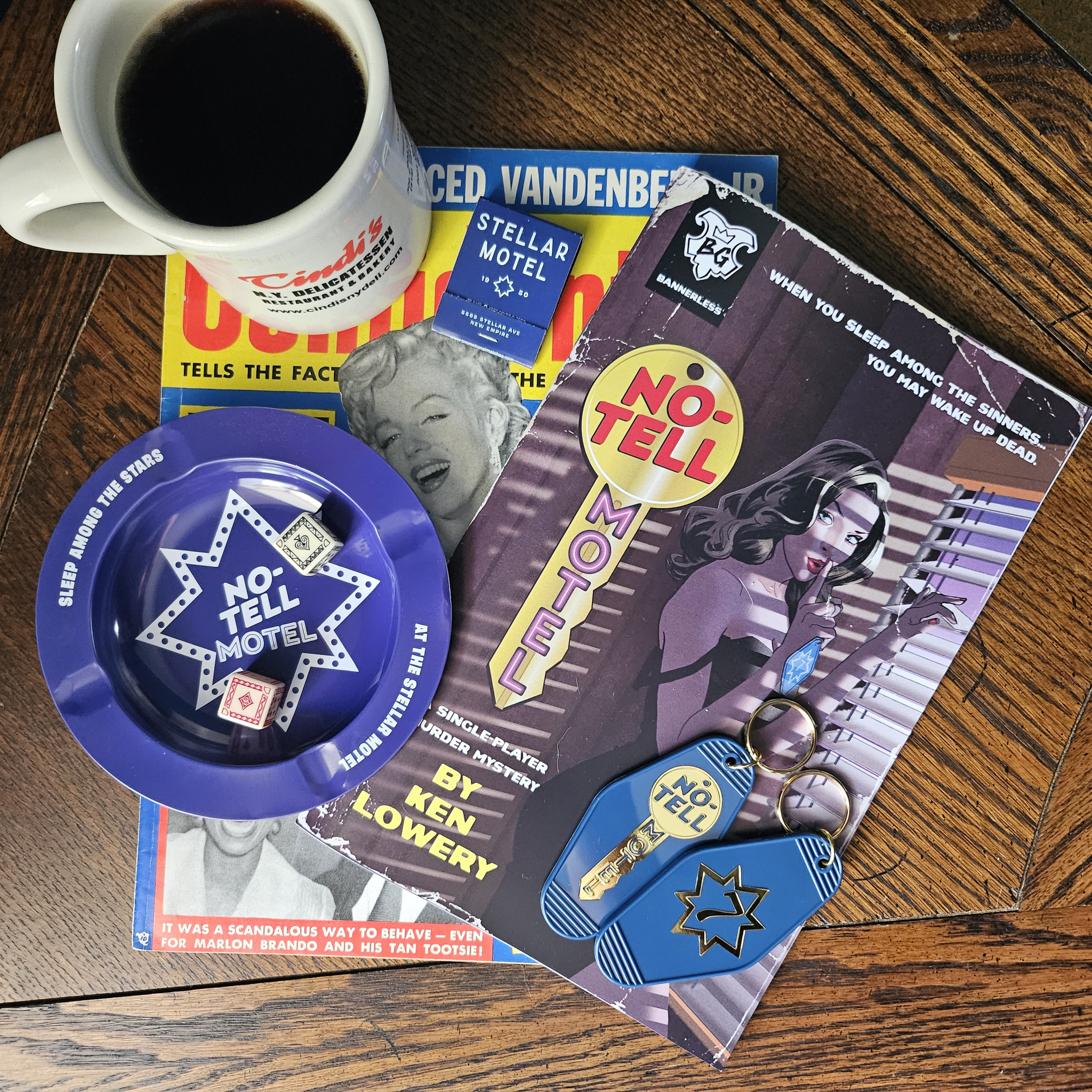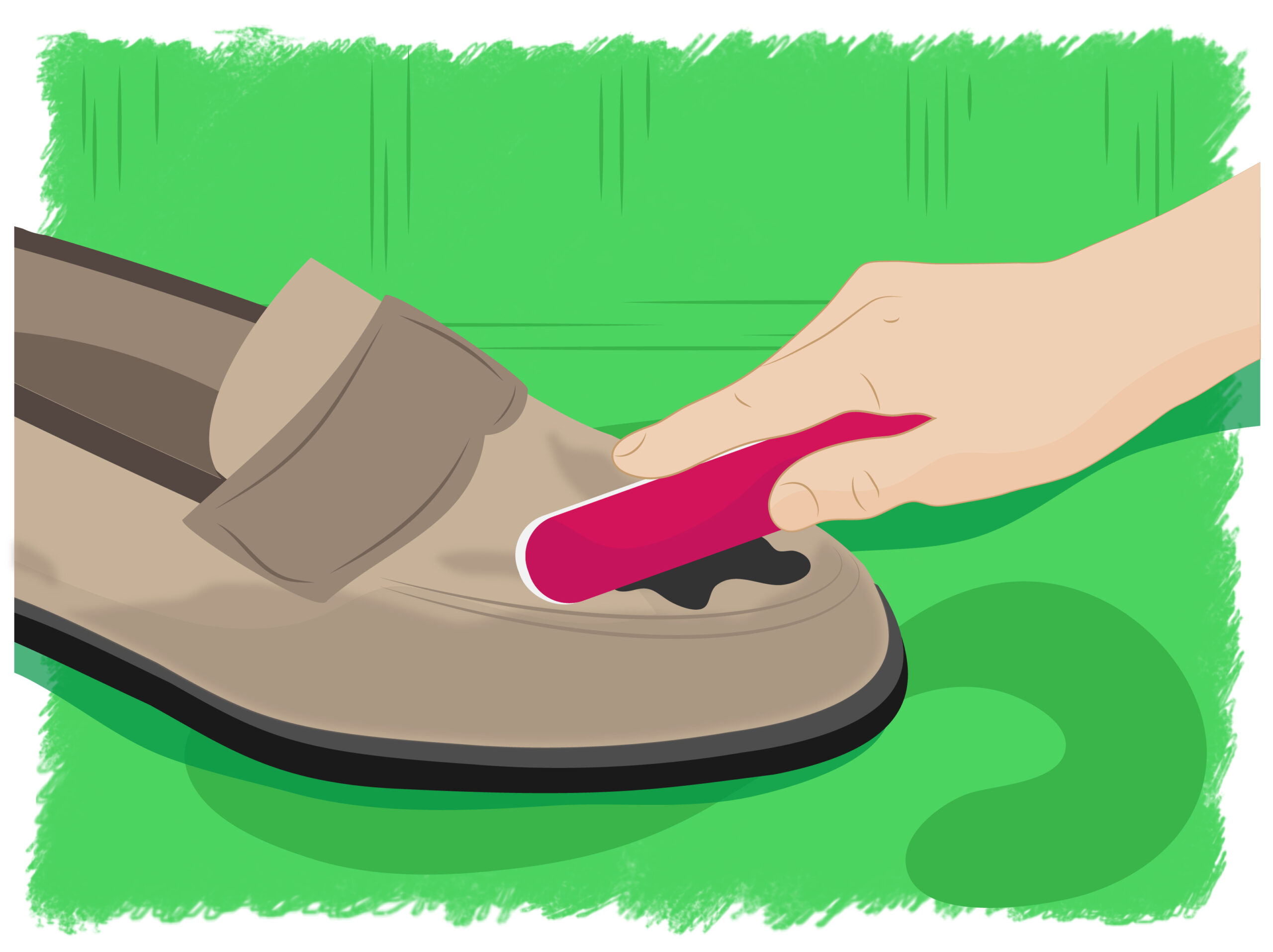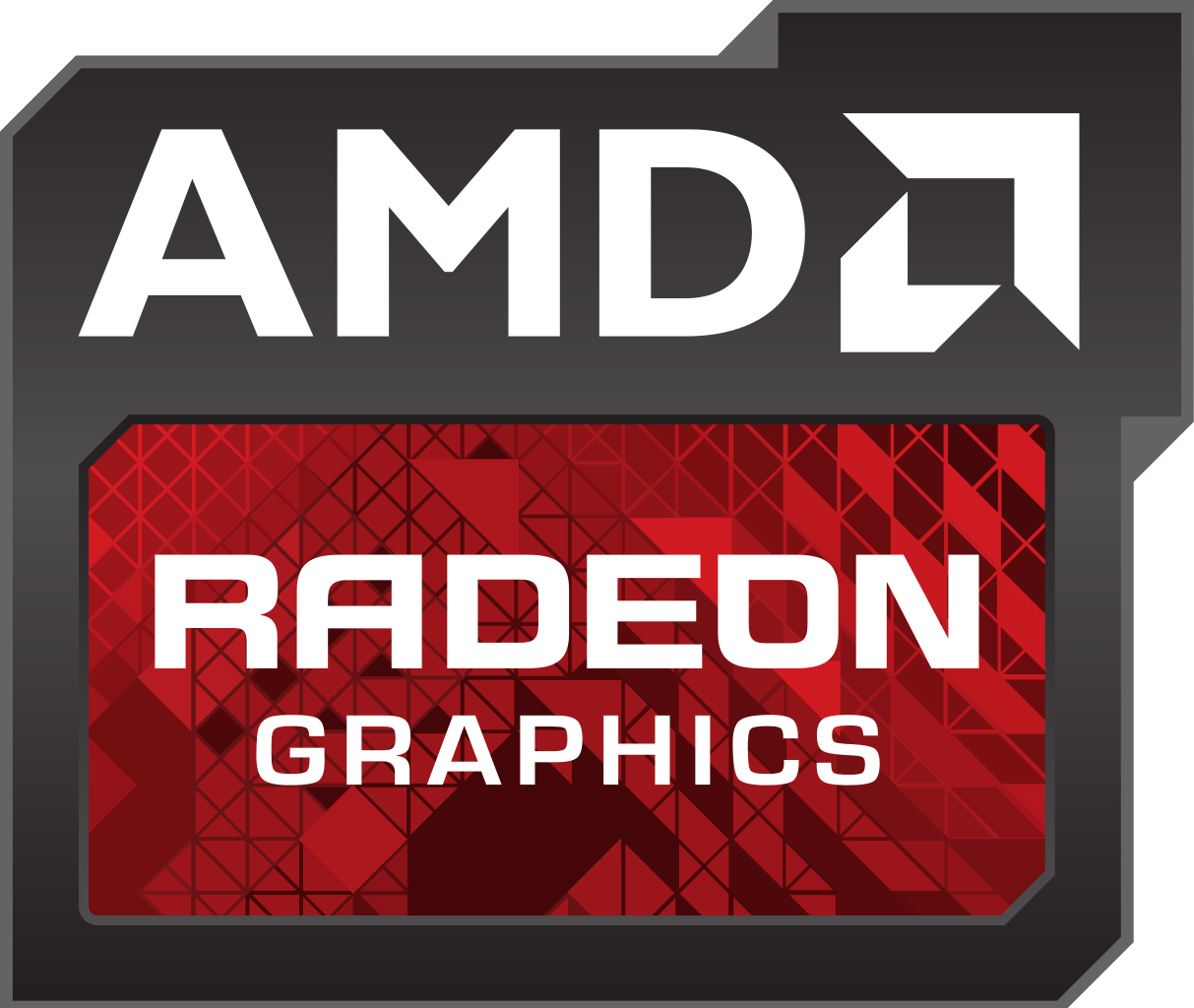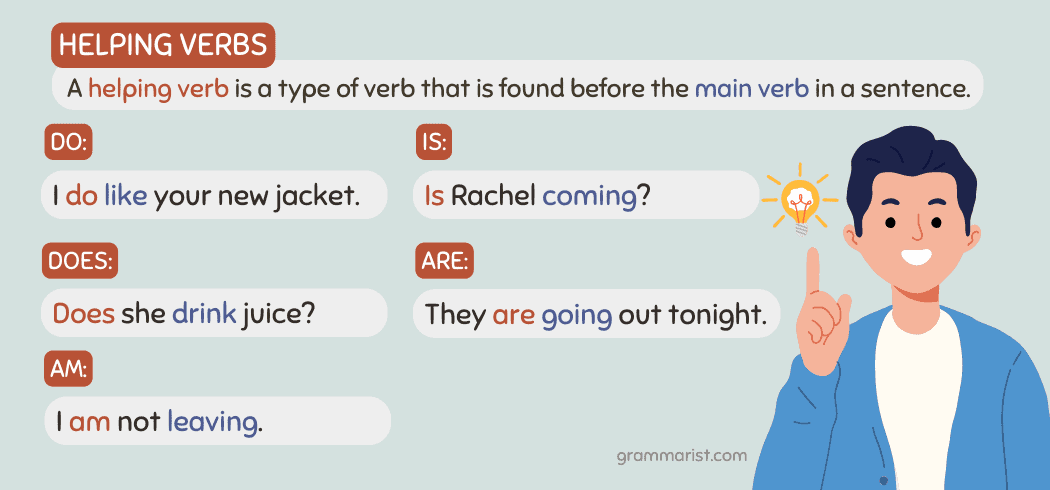Understanding the Term “Sweat” in Gaming: What It Means and Why It Matters
Introduction: The Rise of “Sweat” in Gaming Culture
Gaming communities are rich with unique slang and evolving terminology. One term that has gained widespread popularity in recent years is “sweat” or “sweaty” . But what does it actually mean when someone calls a player a sweat, or says a match is sweaty? Understanding this term is more than just learning a piece of internet jargon-it reveals important aspects of gaming culture, player behavior, and the dynamics of both casual and competitive play [1] .
What Does “Sweat” Mean in Gaming?
In gaming, the word
“sweat”
refers to a player who is
extremely committed
to winning, often taking the game much more seriously than others around them. A sweat will use every game mechanic, tactic, and strategy to try and secure victory, even in casual or low-stakes matches. The term can be applied as both a noun (“he’s such a sweat”) and an adjective (“this match is sweaty”)
[2]
.
The origin of the term comes from traditional sports, where someone who is physically sweating is seen as putting in a lot of effort. In gaming, it’s a metaphorical way to describe players who are so focused and intense that it’s as if they are working up a physical sweat [2] . The term is especially popular in competitive genres such as first-person shooters (FPS), multiplayer online battle arenas (MOBA), and battle royale games, although its use has spread to nearly every genre [1] .
Traits of a “Sweat”: How to Recognize Sweaty Gameplay
Sweaty players are known for their intense focus, quick reflexes, and willingness to use advanced or meta strategies. Some key traits include:

Source: duanvanphu.com
- Always playing to win, regardless of the match type or stakes
- Using optimal loadouts, characters, or strategies even in casual modes
- Demonstrating high mechanical skill and quick decision-making
- Adapting rapidly to opponents and countering their tactics
- Rarely taking risks just for fun; prioritizing efficiency and victory
For example, in games like
Call of Duty
or
Fortnite
, sweaty players might use skins, camos, or loadouts that are commonly associated with professional or highly competitive players
[3]
. In Overwatch, a sweat might swap to the most powerful characters and coordinate team strategies, even in a casual Quick Play match
[4]
.
Positive and Negative Connotations of Being a Sweat
The label “sweat” can be both a compliment and a criticism, depending on context. On one hand, being a sweat means you are dedicated, skilled, and able to win matches against tough opponents. Many top esports professionals and streamers are, by definition, sweats. Their commitment raises the level of competition and can inspire others to improve their game [2] .
On the other hand, the term is often used pejoratively to describe players who take games too seriously, especially in modes intended for casual fun. A sweat may be accused of “tryharding”-putting maximum effort into situations where most players just want to relax. This dynamic can create frustration or resentment in casual lobbies, where other players may feel overwhelmed or outmatched [3] .
Examples of Sweaty Behavior in Popular Games
Understanding sweaty behavior is easier with practical examples:
Example 1: Call of Duty A player joins a public match with the most powerful weapon setup, uses advanced movement techniques, and calls out enemy positions constantly, even though most players are there to unwind.
Example 2: Fortnite Someone builds rapidly and uses high-level tactics in a casual match, making it difficult for less skilled players to keep up. The presence of certain “sweaty skins” can also signal a player’s intent to play hard [3] .
Example 3: Overwatch In a Quick Play mode, a team starts losing and switches to a meta composition, focusing heavily on coordinated play rather than experimenting or having light-hearted fun [4] .
How to Handle Sweaty Players or Sweaty Matches
Encountering sweats can be both challenging and educational. Here are actionable steps for dealing with sweaty gameplay:
- Adjust Your Expectations: Not every casual match will be relaxed. Recognize that some players treat every match as a high-stakes competition.
- Use It as a Learning Opportunity: Observe the strategies and techniques sweats use. Try to incorporate effective tactics into your own gameplay.
- Communicate with Your Team: If you want a more relaxed experience, mention it in chat; sometimes, players will match the lobby’s energy.
- Switch Game Modes: Many games offer both ranked and casual modes. If a match is too sweaty, consider switching to another mode or even another game for a break.
- Focus on Fun: Remember, games are meant for enjoyment. Don’t let a sweaty lobby ruin your experience-take breaks as needed and find the right gaming environment for your mood.
Can Being a Sweat Be an Advantage?
While the term can carry negative connotations, there are real advantages to a “sweaty” playstyle. Sweats often improve quickly, achieve higher ranks, and unlock more in-game rewards because of their dedication. Their mindset can also be valuable in team environments, where a focus on winning benefits everyone. For players interested in competitive gaming or aspiring to join esports teams, adopting some sweat-like behaviors-such as practicing regularly and studying advanced tactics-can be essential for progress [2] .

Source: thompsontee.com
However, it’s important to balance competitiveness with sportsmanship and awareness of the gaming context. For those who want to improve without alienating others, consider alternating between competitive and casual modes, or seeking out communities that match your intensity level.
Step-by-Step: How to Identify and Respond to Sweaty Gameplay
To help you navigate sweaty matches and players, follow these steps:
- Observe Player Behavior: Look for rapid, precise movements, strategic positioning, and use of optimal gear or characters.
- Listen for Communication: Sweats often use voice or text chat to coordinate, call out enemy positions, and direct team actions.
- Check Match Results: Consistently high scores, frequent MVP awards, or dominating stat lines can indicate a sweat.
- Respond Appropriately: If you’re enjoying the challenge, use it as motivation to improve. If not, consider taking a break or switching modes.
- Engage with the Community: Join forums or Discord groups focused on your preferred play style-whether casual or competitive. These communities can offer support and advice for managing sweaty encounters.
Alternatives: Finding the Right Gaming Environment
If sweaty matches aren’t your preference, there are alternatives:
- Look for games with robust matchmaking systems that pair players of similar skill levels.
- Join private matches with friends who share your approach to gaming.
- Participate in community events or custom lobbies designed for fun rather than competition.
- Explore single-player modes or cooperative campaigns where competition is minimized.
Many gaming platforms allow you to filter by game mode or set preferences for your experience. If you’re unsure how to use these features, consult the official support pages or help sections of your game’s publisher or platform provider.
Summary: Key Takeaways About “Sweat” in Gaming
The term “sweat” in gaming captures a specific attitude: intense, committed, and sometimes overly competitive play. Understanding this concept can help you navigate online lobbies, manage your own play style, and make the most of every match-whether you’re looking to win or just to have fun. If you ever feel overwhelmed by sweaty gameplay, remember that there are always alternative modes, communities, and approaches to keep gaming enjoyable and stress-free.
References
- [1] G2A News (2025). Sweaty in Gaming: Definition and How It Relates to Gameplay.
- [2] GameTree (2024). What Does “Sweaty” Mean In Gaming? | Definition Explained
- [3] Hitmarker (2022). What does “sweaty” mean in gaming?
- [4] Blizzard Overwatch Forums (2022). What is “sweaty?”
- [5] YouTube (2022). Meaning of SWEATY | Words For Gamers [REFG]
MORE FROM savvysc.com













